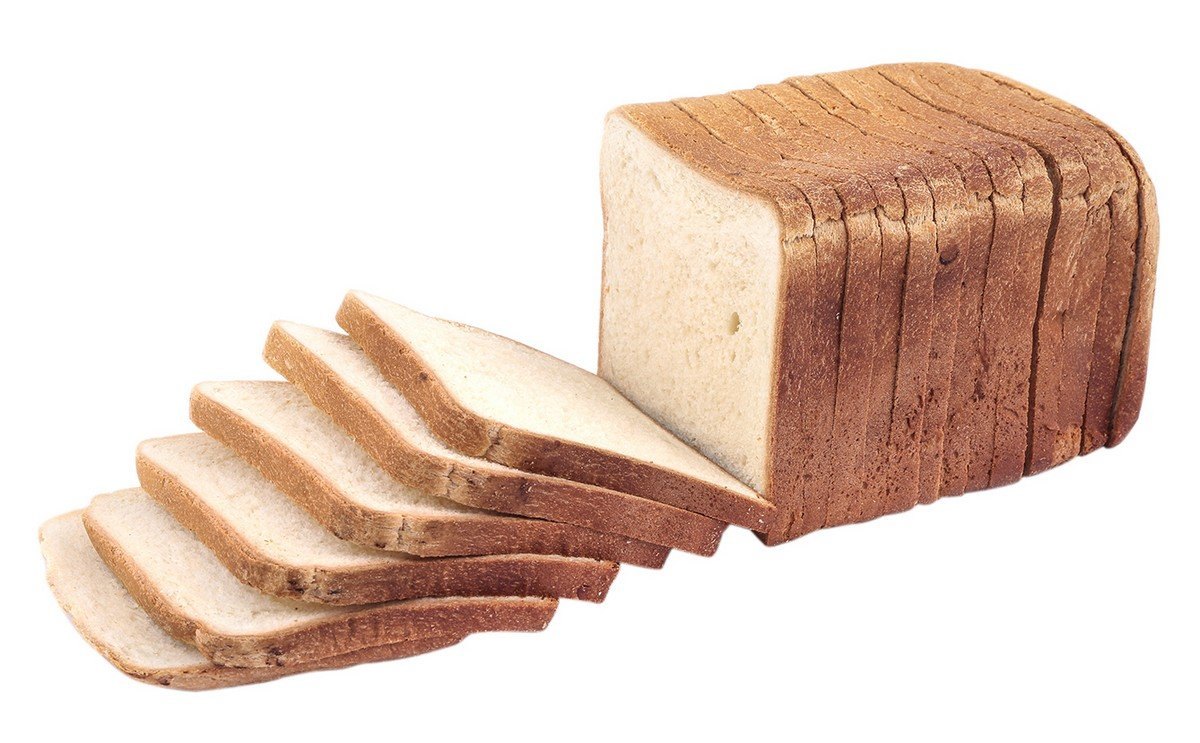

A Giffen good is a low-income, non-luxury product which does not have much alternatives. As a result, even if the prices of such goods increase, their demand is higher. GIffen goods therefore are the goods that do not follow the standard law of demand.
As per the law of demand, the demand for a commodity falls when its prices increase. It looks logical too because in such cases when a commodity is getting costlier, people would shift to other cheaper alternatives.
But what would happen when there are no alternatives or close substitutes? In that case, the demand would increase as people would continue to buy them even when the prices are increasing.
In these cases, the demand would still be higher, even if the prices are high. Example Bread, Tobacco, Liquor and other staple consumables. Giffen goods are usually essential items as well, also may be due to addiction.
The term "Giffen good" was coined in the late 1800s, named after noted Scottish economist, statistician, and journalist Sir Robert Giffen.
A Veblen good is a good for which demand increases as the price increases due to its exclusive nature and appeal as a status symbol. Veblen goods are similar to Giffen goods but with a focus on luxury items. They are similar because they both do not follow the law of demand.
A Veblen good is generally a high-quality, coveted product. Veblen goods are generally sought after by affluent consumers who place a premium on the utility of the good.
Veblen goods are marketed as being “exclusive” or convey the appearance of success, such as designer jewelry, pricey watches, yachts, and luxury cars, can be classified as Veblen goods.
Veblen goods are generally targeted at affluent individuals, have a very strong brand identity that is synonymous with luxury, and are far more likely to be sold in upscale boutiques than in common department stores.
The term is named after American economist Thorstein Veblen, who is best known for introducing the term “conspicuous consumption.”
Comments
Write Comment